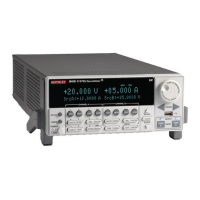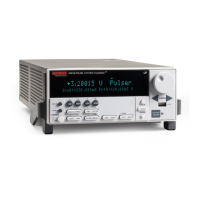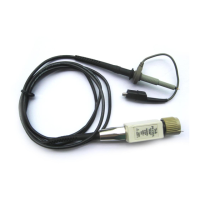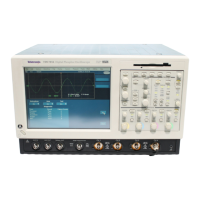Command usage
The Usage section of the remote command listing shows how to properly structure the command.
Each line in the Usage section is a separate variation of the command usage. All possible command
usage options are shown.
Figure 112: TSP usage description
1 Structure of command usage: Shows how to organize the parts of the command. If a parameter
is shown to the left of the command, it is the return when you print the command. Information to
the right is the parameters or other items you need to enter when setting the command.
2 User-supplied parameters: Indicated by italics. For example, for the function
beeper.beep(duration, frequency), replace duration with the number of seconds and
frequency with the frequency of the tone. Send beeper.beep(2, 2400) to generate a
two-second, 2400 Hz tone.
Some commands have optional parameters. If there are optional parameters, they must be
entered in the order presented in the Usage section. You cannot leave out any parameters that
precede the optional parameter. Optional parameters are shown as separate lines in usage,
presented in the required order with each valid permutation of the optional parameters.
For example:
printbuffer(startIndex, endIndex, buffer1)
printbuffer(startIndex, endIndex, buffer1, buffer2)
3 Parameter value options: Descriptions of the options that are available for the user-defined
parameter.
Command details
This section lists additional information you need to know to successfully use the remote command.
Figure 113: TSP Details description
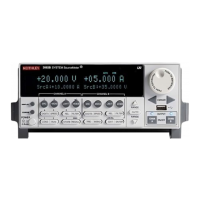
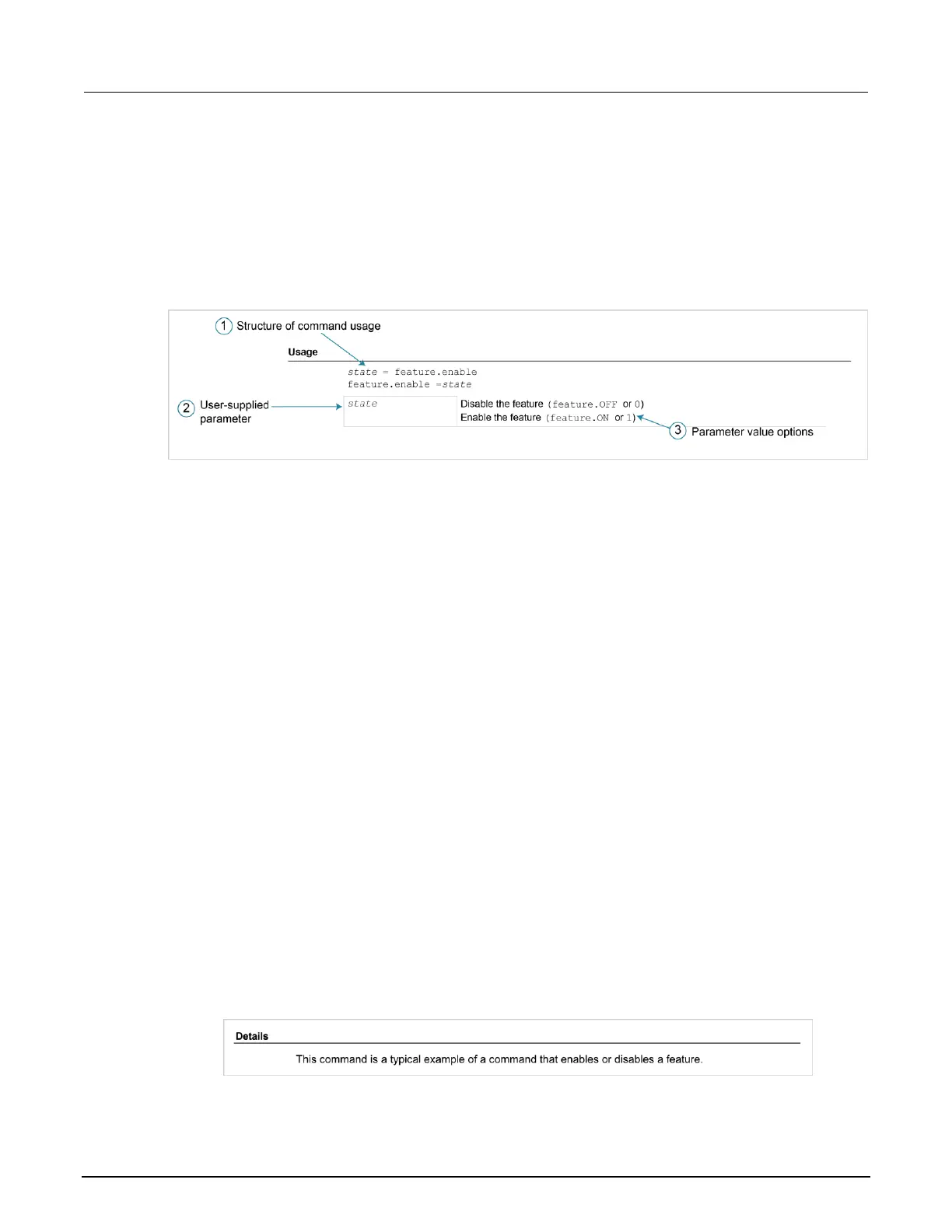